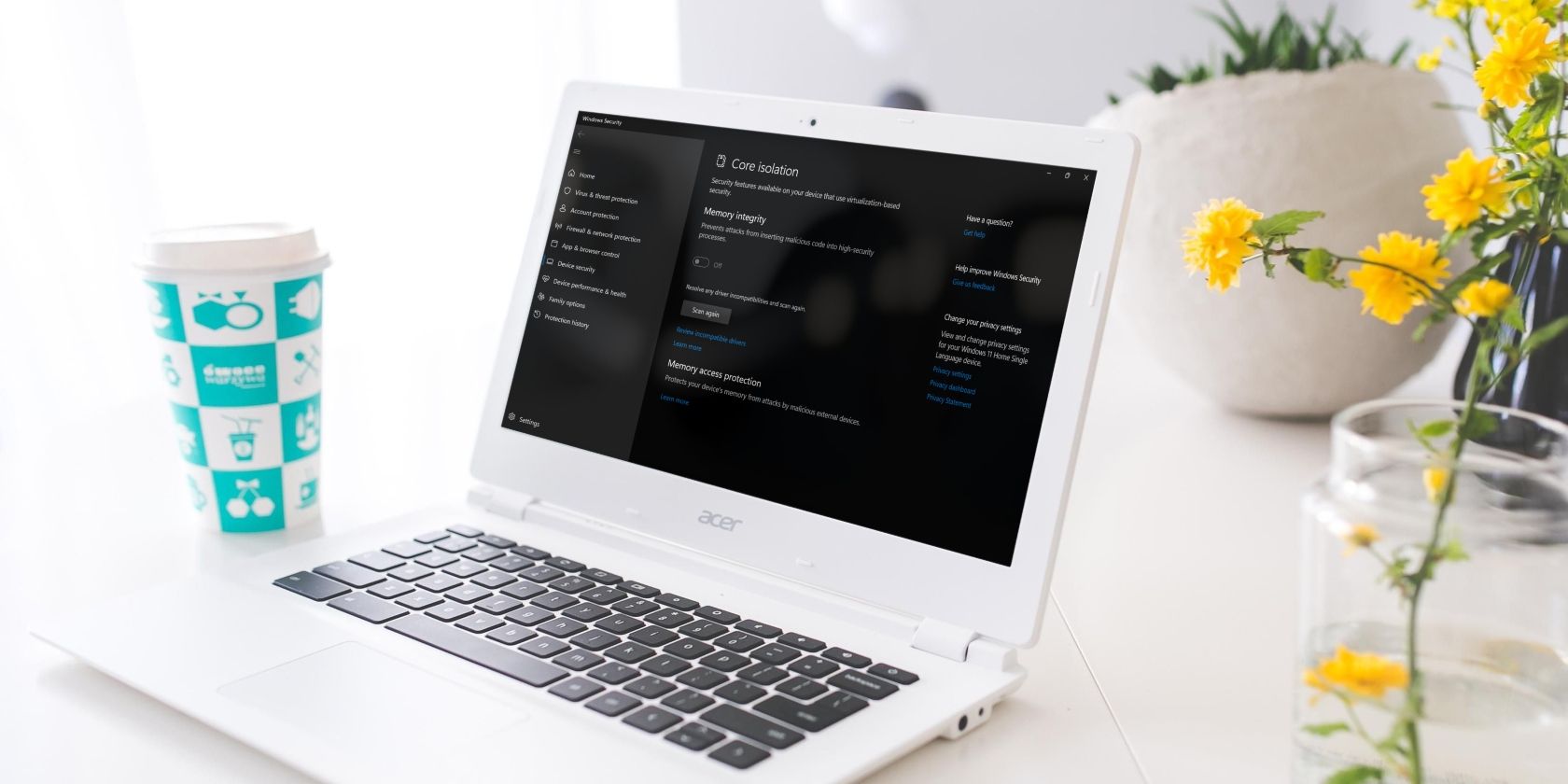
How to Setup the JSON Import Functionality in Your Application's Settings

How to Setup the JSON Import Functionality in Your Application’s Settings
Table of Contents
- Introduction
- Registration
- Using Advanced Installer
- GUI
- Working with Projects
- Installer Project
* Product Information
* Resources
* Files and Folders
* Files
* Temporary Files
* File Operations
* Folders
* Permissions Tab - Installer Project
* Shortcuts
* Shortcuts
* INI Files
* XML Files
* JSON Files
* Edit JSON Dialog
* JSON File Install Tab
* JSON File Settings Tab
* JSON Property Settings Tab
* Text File Updates
* Windows Libraries
* Tiles
* Java Products
* Registry
* File Associations
* Assemblies
* Drivers
* Services
* Package Definition
* Requirements
* User Interface
* System Changes
* Server
* Custom Behavior - Patch Project
- Merge Module Project
- Updates Configuration Project
- Windows Store App Project
- Modification Package Project
- Optional Package Project
- Windows Mobile CAB Projects
- Visual Studio Extension Project
- Software Installer Wizards - Advanced Installer
- Visual Studio integration
- Alternative to AdminStudio/Wise
- Replace Wise
- Migrating from Visual Studio Installer
- Keyboard Shortcuts
- Shell Integration
- Command Line
- Advanced Installer PowerShell Automation Interfaces
- Features and Functionality
- Tutorials
- Samples
- How-tos
- FAQs
- Windows Installer
- Deployment Technologies
- IT Pro
- MSIX
- Video Tutorials
- Advanced Installer Blog
- Table of Contents
Disclaimer: This post includes affiliate links
If you click on a link and make a purchase, I may receive a commission at no extra cost to you.
JSON File Install Tab

Operation
This section allows you to configure the JSON file’s installation behavior.
You have the following options:
Create file if it doesn’t already exists
If the requested JSON file does not already exist on the target system, it will be generated using the specified configuration.
Remove file on uninstall
If you wish to delete the JSON file from the target system during component uninstalling, use one of the following options:
- Only if it was created at install - The file will be removed on uninstall only if it was created by the package during the first time installation.
- If the root node was left empty - If subsequent edit operations leave the root node empty, the file will be removed on uninstall.
If none of the two checkbox choices is selected, the file will not be deleted during the uninstall process.
Component
This field specifies the component whose install or removal will trigger the JSON update operation.
Error Policy
Select what action should be performed in case an error occurs during the JSON installation:
- Abort installation - all system changes will rollback.
- Skip file - the file which caused the error will be skipped. All the changes performed by the installation on this file will be reverted and the installation will continue.
Create backup before updating
Prior to the update procedure, a backup copy of the original JSON file will be generated if this option is selected.
Backup Filename Template - Use # to specify the backup index. This character will be automatically replaced with the backup number when installing the package. The following characters can be part of the filename: . ,- , % , ^ , ~ , & and_. Leaving a blank input will automatically default the template toYourFilename.#.back.
Due to the possibility of JSON file updates occurring during the uninstall process, a backup of the file will be made during the uninstall process as well. If during uninstall an error occurs, a backup of the file will be created (regardless of this option) and the uninstall process will continue.
It highly recommended that you leave this option enabled, because an unexpected error during the JSON update process may corrupt parts of your existing JSON file.
Common options
Impersonate installing user
Check this box if you wish to execute all JSON updates and actions as the user who is installing the app rather than under the Local System account.
Did you find this page useful?
Please give it a rating:
Thanks!
Report a problem on this page
Information is incorrect or missing
Information is unclear or confusing
Something else
Can you tell us what’s wrong?
Send message
Also read:
- [New] Digital Resurrection Breathing Life Into Old VHS Images for 2024
- [New] Musical Embellishments for Digital Images
- [Updated] Precise Age Settings The Essential Guide for TikTok Profiles for 2024
- [Updated] The Complete Encyclopedia of TweetResponses for 2024
- 2024 Approved Aural Tales The Best of Radio Plays
- Best Practices for Balancing MP3 Track Volumes
- Crafting Distinctive User Identifiers: The Definitive Guide
- Detailed Overview of Our Product Line - All You Need to Know
- Essential Guide: Revamping Your Sample Files - What's New?
- Exploring the Mighty Ugreen Nexode Pro Amoeba Slim Tower, an Ultra-Powerful Yet Tiny Marvel Reviewed
- Fast Track Iris XHD Driver Upgrade
- How to Capture Screen Shots Efficiently on Your Windows Phone
- How to Manipulate Android Apps Using a Computer Mouse: Easy Steps for Hands-Free Control
- How To Use Special Features - Virtual Location On OnePlus Ace 2 Pro? | Dr.fone
- In 2024, Change Location on Yik Yak For your Lava Blaze Pro 5G to Enjoy More Fun | Dr.fone
- In 2024, Easiest Guide How to Clone Lava Yuva 2 Phone? | Dr.fone
- The Ultimate Guide to the Leading Greenscreen Technology Applications
- Top Reliable Alternatives to EaseUS Data Recovery: A Comparative Guide
- Topmost Essential Tool: The Ultimate Background Removal App for Your Mac
- Title: How to Setup the JSON Import Functionality in Your Application's Settings
- Author: Anthony
- Created at : 2024-10-07 00:08:06
- Updated at : 2024-10-10 18:03:19
- Link: https://fox-shield.techidaily.com/how-to-setup-the-json-import-functionality-in-your-applications-settings/
- License: This work is licensed under CC BY-NC-SA 4.0.